Report sought on subsidy for QR-based payments
Committee decides to provide Rs3.5b subsidy to promote cashless transactions
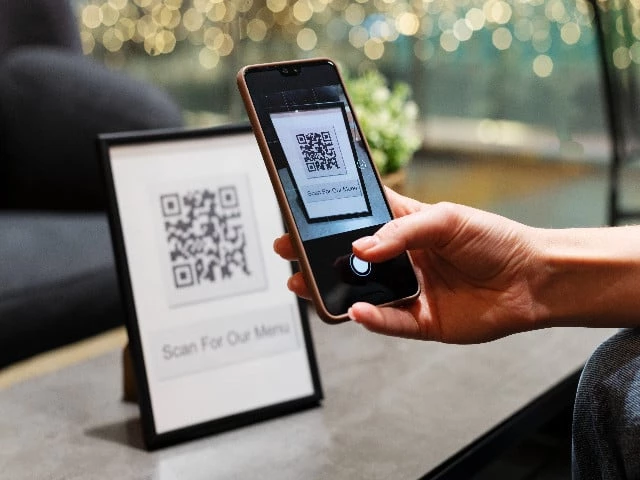
The government has sought a report from the State Bank of Pakistan (SBP) on the impact of subsidy allocated for the adoption of QR-based payments.
During recent discussions held by the Economic Coordination Committee (ECC), the SBP apprised the forum that in a meeting of the Steering Committee on Cashless Economy, it was decided that Rs3.5 billion would be provided in annual subsidy to promote the large-scale adoption of Raast person-to-merchant (P2M) QR (quick response)-based payments.
The Finance Division suggested that the central bank should prepare a comprehensive report including the impact of subsidy, action values, modifications, proposals, etc. The ECC directed the SBP to come up with the report for review in July 2026.
The Ministry of Finance stressed that to promote the adoption of digital payment methods and to ensure financial inclusion, the government intends to provide targeted support through the Merchant Discount Rate (MDR) subsidy to make digital transactions more affordable and boost the cashless economy.
The subsidy will help alleviate the cost burden of merchants and encourage them to shift towards cashless transactions.
The Ministry of Finance further apprised the meeting that the prime minister, during a meeting of the Steering Committee on Cashless Economy held on July 3, 2025, directed the Finance Division, the Federal Board of Revenue and the SBP to review the proposals of the steering committee. It was proposed to reduce import duties and taxes on payment acceptance devices (Point of Sales, QR tools, etc) and ensure zero cost for merchants on using the Raast QR.
It was recommended that the government would pay 0.5% or Rs200 per transaction, whichever was lower, than the approximate annual subsidy of Rs2.5 billion.
Furthermore, during a sitting of the steering committee held on July 14, 2025, the PM gave the directive to allocate an annual subsidy of Rs3.5 billion in the current fiscal year to promote the large-scale adoption of Raast QR code-based payments at the merchant retail outlets.
The Ministry of Finance apprised the ECC that, on the premier's directives, a task was generated on the Prime Minister's Delivery Unit (PMDU) portal. Furthermore, the SBP, in consultation with stakeholders, devised the MDR Subsidy Scheme aimed at catalysing and accelerating the transition from cash-based retail payments to a robust, convenient and cost-effective digital payment ecosystem.
The subsidy will be paid to banks, microfinance banks and Electronic Money Institutions (EMIs), the SBP's regulated entities, which will be 0.5% of the Raast QR-based transaction value or Rs100 per transaction, whichever is lower. The regulated entities, in addition to the subsidy, may charge up to 0.25% of the transaction value for onboarding and servicing the merchants.
The Ministry of Finance has included the key features of the proposed MDR Subsidy Scheme in a summary. It told the forum that, as per the assessment of the State Bank, the proposed subsidy was sufficient to incentivise the digitisation of merchant transactions of around Rs700 billion per year and would promote digital payments at the retail level.
The approval was sought for the allocation of Rs3.5 billion in the current financial year through a technical supplementary grant. Based on the current year's consumption, the allocation for the next three fiscal years will be made subsequently.
It was proposed that the SBP be authorised to notify the MDR Subsidy Scheme. At the close of the financial year, it will submit an evaluation report on increasing merchant adoption, consumer use and transaction volumes to enable the enhancement, modification or discontinuation of the programme, as was deemed appropriate. The ECC considered a summary titled "Subsidy for Raast QR Code-Based Person-to-Merchant Payments" and approved the proposal.

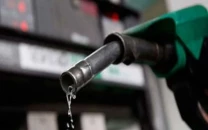





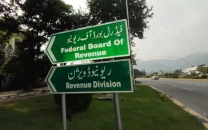
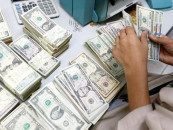



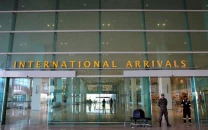
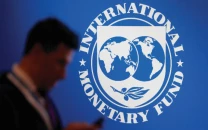






COMMENTS
Comments are moderated and generally will be posted if they are on-topic and not abusive.
For more information, please see our Comments FAQ